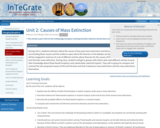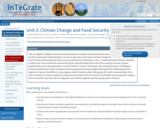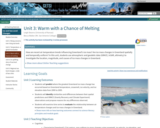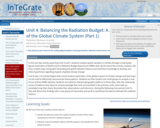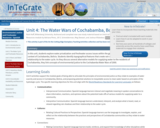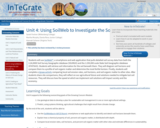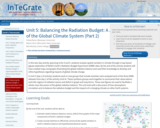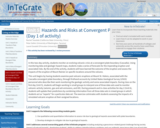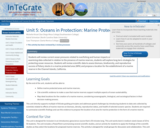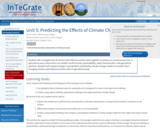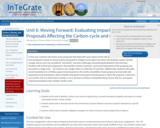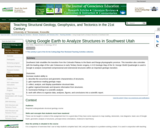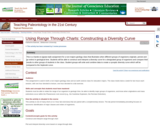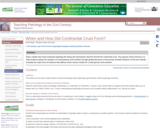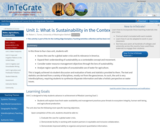
In this three to four class unit, students will:
Assess the case for a global water crisis and its relevance in America.
Expand their understanding of sustainability as a contestable concept and movement.
Consider water resource-management objectives through the lens of sustainability.
Analyze region-specific examples of unsustainable use of water for agriculture.
This is largely achieved via student discussion and evaluation of texts and statistics provided to them. The text and statistics are derived from a variety of disciplines, mostly not from the geosciences. As such, the unit is very interdisciplinary, requiring students to synthesize disparate information and take a holistic perspective on water issues.
(Note: this resource was added to OER Commons as part of a batch upload of over 2,200 records. If you notice an issue with the quality of the metadata, please let us know by using the 'report' button and we will flag it for consideration.)
- Subject:
- Agriculture
- Business and Communication
- Career and Technical Education
- Chemistry
- Hydrology
- Management
- Mathematics
- Measurement and Data
- Physical Science
- Political Science
- Social Science
- Statistics and Probability
- Material Type:
- Activity/Lab
- Module
- Provider:
- Science Education Resource Center (SERC) at Carleton College
- Provider Set:
- Teach the Earth
- Author:
- Robert Turner
- Date Added:
- 05/04/2021
